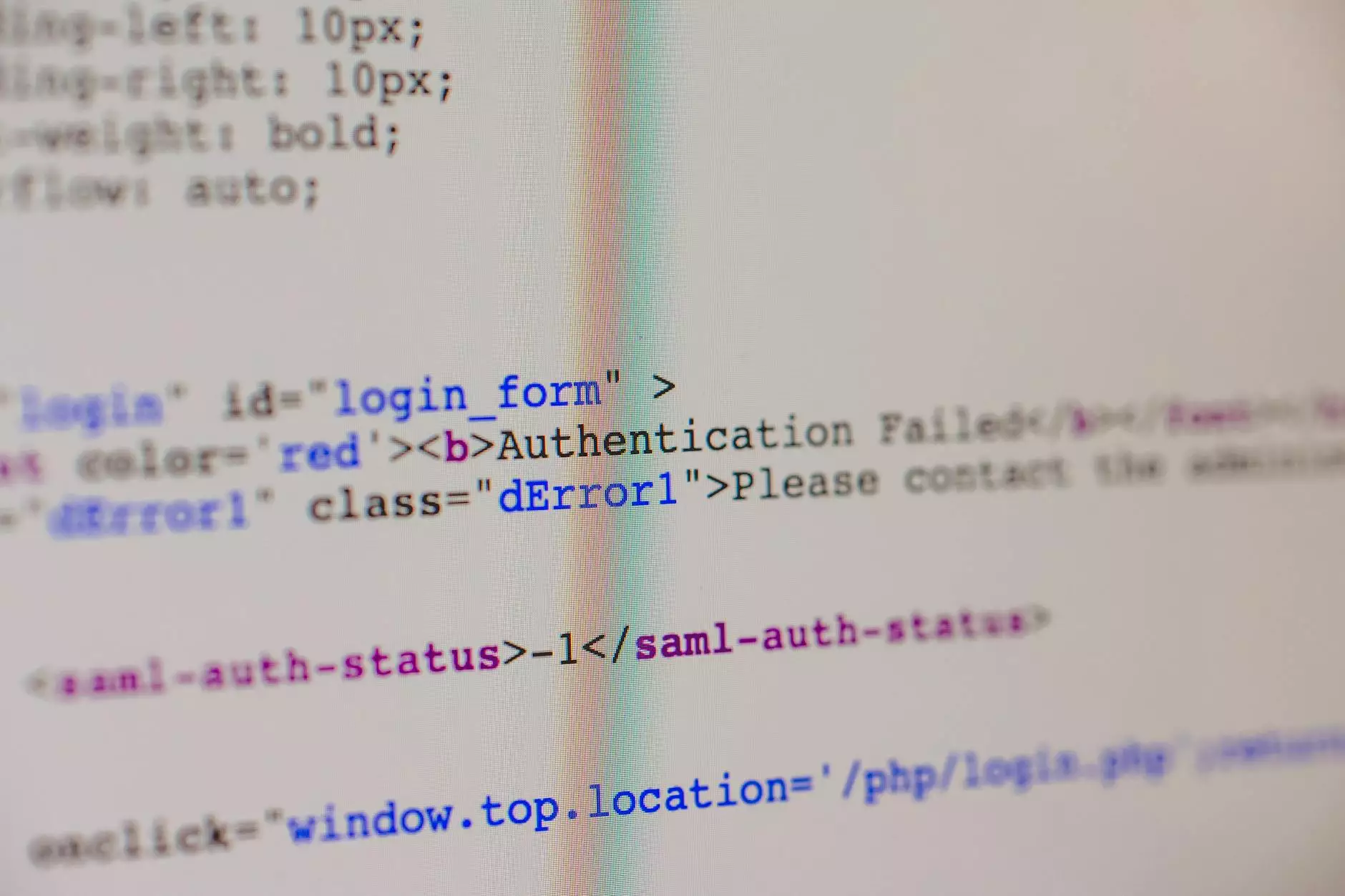What is the difference between bcrypt and SHA256?
SEO Services
ATM Marketing Solutions welcomes you to our comprehensive guide on the differences between bcrypt and SHA256 algorithms for password hashing. In the realm of website development and security, protecting user passwords is of utmost importance. When choosing the most secure and robust algorithm for password storage, it becomes imperative to understand the features, strengths, and weaknesses of bcrypt and SHA256.
Understanding bcrypt
Bcrypt is an adaptive and extremely slow cryptographic algorithm designed specifically for password hashing purposes. It involves a process called "key stretching," which significantly slows down the hashing process, making it resilient against brute force attacks. This algorithm uses the Blowfish cipher internally and operates with a predefined cost factor that determines the hashing time.
With its slow nature, bcrypt ensures that each password hashing operation requires a considerable amount of time, making it harder for attackers to crack hashed passwords. Additionally, bcrypt automatically incorporates a random salt value during each hashing operation, effectively defending against rainbow table attacks where pre-computed hash tables are used to lookup passwords.
The Advantages of bcrypt
Here are some of the notable advantages of using bcrypt:
- High level of security against brute force attacks
- Automatic inclusion of a unique salt value for each password
- Adaptive nature makes it resistant to rapidly advancing hardware technologies
- Simple integration with existing password storage systems
- Widely accepted and implemented by major programming languages and frameworks
Understanding SHA256
SHA256, short for Secure Hash Algorithm 256-bit, is a cryptographic hash function that produces a fixed-size output of 256 bits. Despite being widely used, SHA256 is not specifically designed for password hashing. It is a general-purpose hashing algorithm used for a variety of applications, including message integrity checks, digital signatures, and more.
Compared to bcrypt, SHA256 is significantly faster, which can be beneficial for non-password hashing use cases where speed is crucial. However, this speed advantage makes it more susceptible to brute force attacks, as hackers can iterate through a much higher number of password guesses in a given time frame.
The Advantages of SHA256
Despite not being designed for password hashing, SHA256 does have its advantages:
- Speed, making it suitable for non-password hashing scenarios
- Widely supported across various programming languages and platforms
- Easy integration due to its standardized nature
- Can be combined with other security measures to enhance overall protection
Which one should you choose?
Choosing between bcrypt and SHA256 depends on the specific requirements and context surrounding your website. For applications where password security is of paramount importance, bcrypt is often the preferred option. The significantly slower hashing process and automatic salt addition make it an ideal choice against various attack vectors.
On the other hand, if speed is a crucial factor, and you are not handling critical or sensitive user data, SHA256 may suffice. However, it is essential to reinforce your overall security measures in such cases by introducing additional layers of protection, such as strong network security, multi-factor authentication, and robust password policies.
Conclusion
ATM Marketing Solutions hopes this guide has provided you with invaluable insights into the differences between bcrypt and SHA256 algorithms for password hashing. Remember to prioritize security when choosing the right algorithm for your website, and consider consulting with experienced professionals to ensure the best possible protection for your users' passwords.










